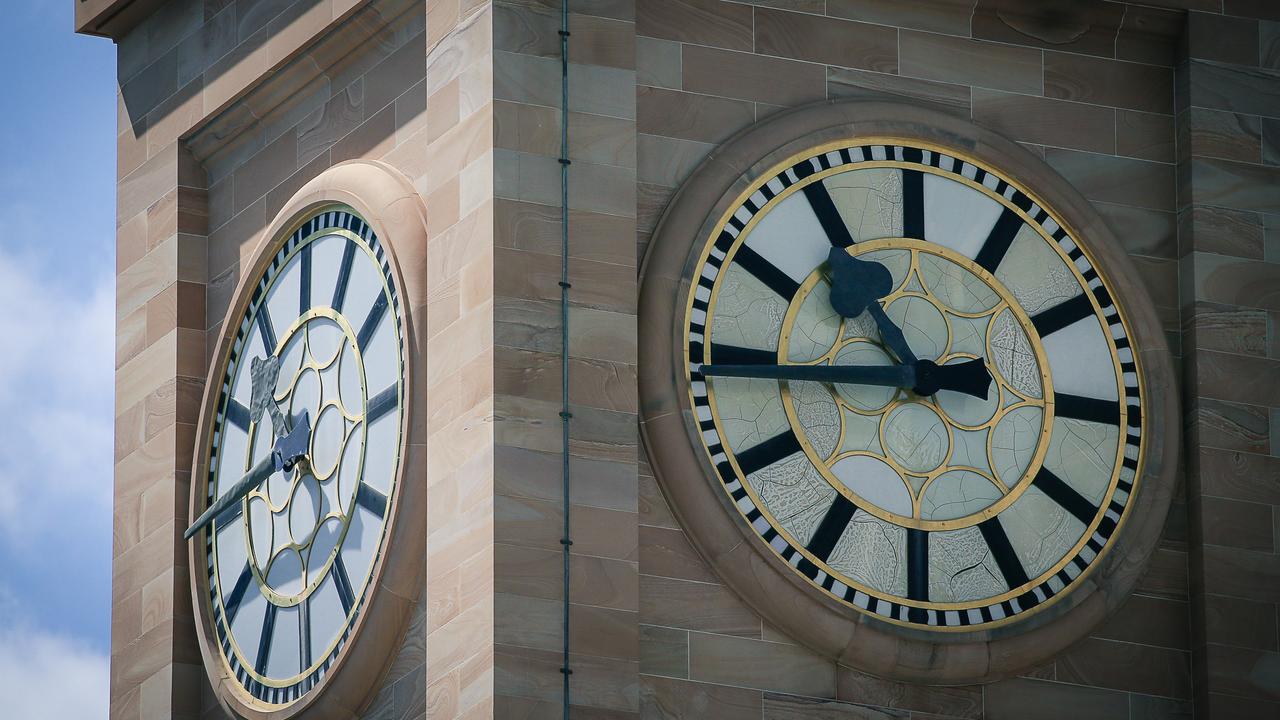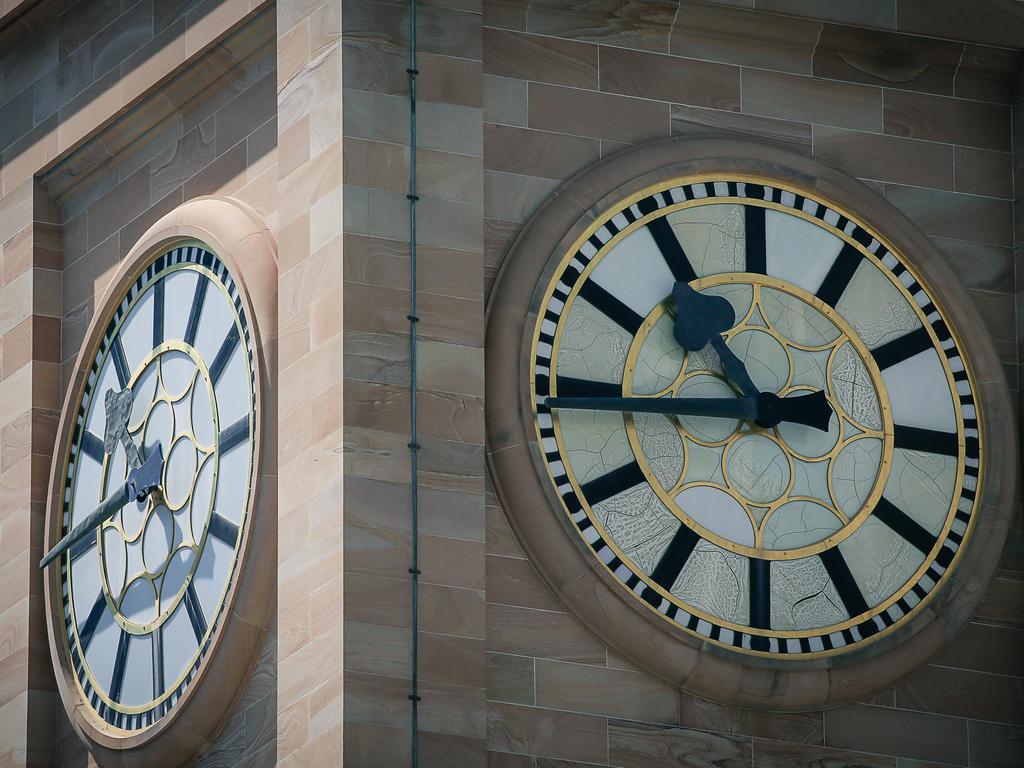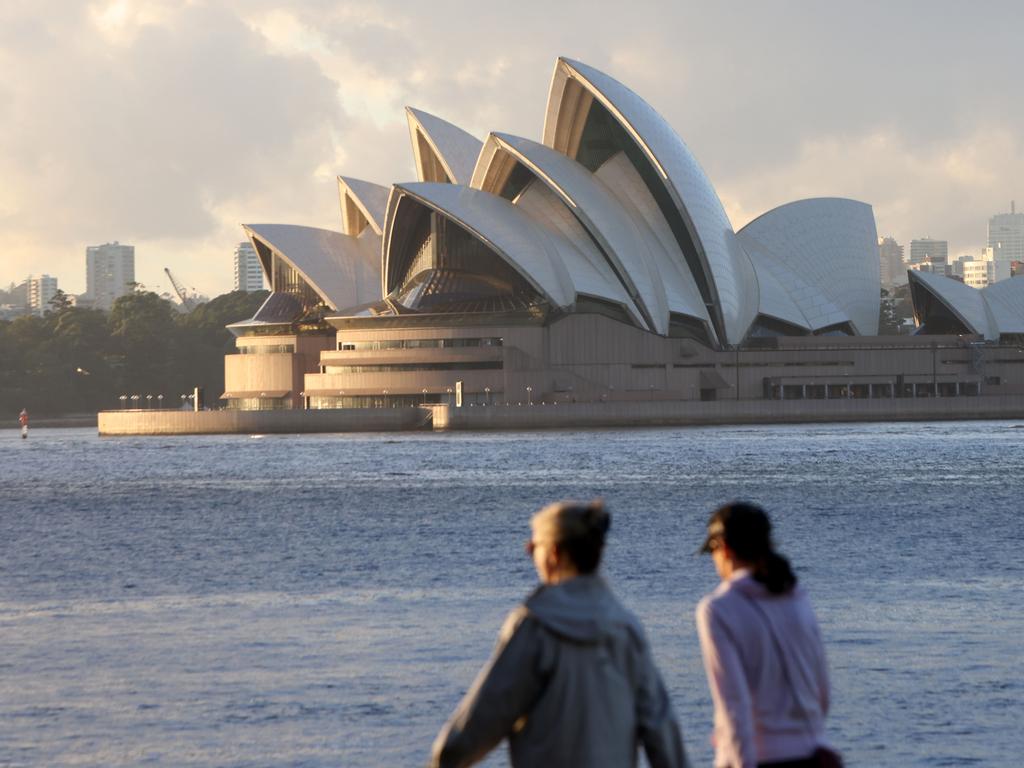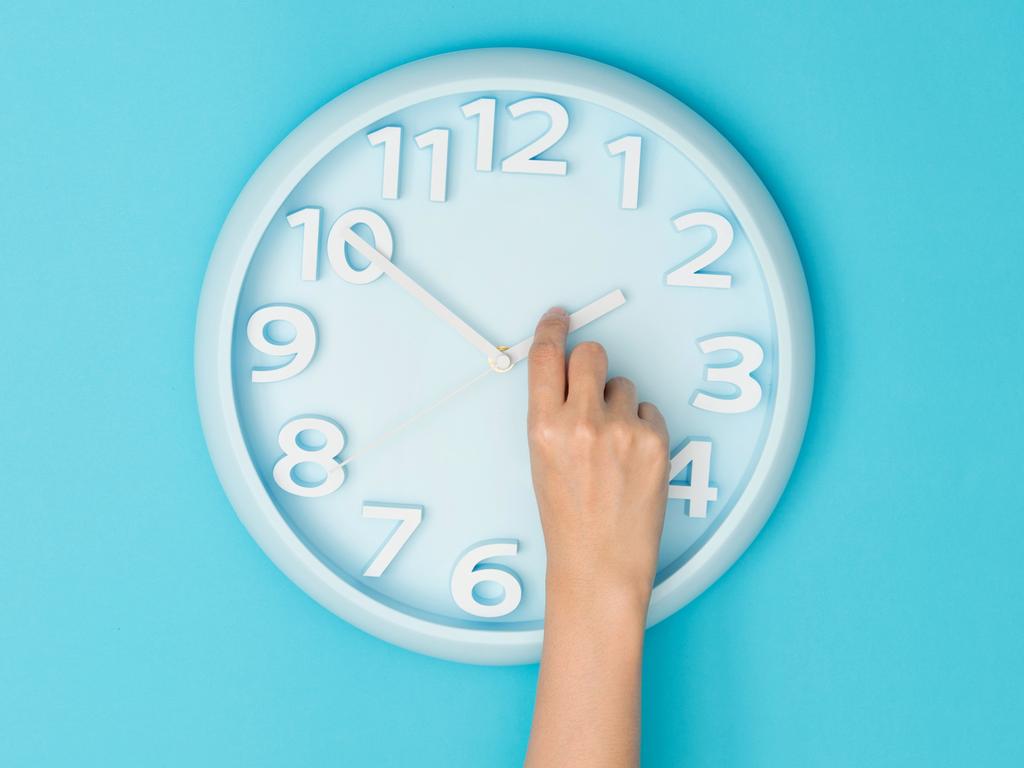Daylight saving time in Australia explained
It’s time to move the clock forward again in the southern states — the daylight saving date is just around the corner.

It’s that time of year again.
Get ready to change your clocks — daylight saving is right around the corner.
When does daylight saving time start?
Daylight saving time begins at 2am on the first Sunday in October, when clocks are put forward one hour. It ends at 2am (which is 3am Daylight Saving Time) on the first Sunday in April, when clocks are put back one hour.
In 2023, daylight saving time, when clocks are turned forward 1 hour, will begin Sun, 1 Oct 2023 and end Sun, 7 Apr 2024, returning to local daylight time instead.
But with a land mass close to 7.7 million square kilometres, split across three time zones, it’s not always easy to keep track of time in the world’s sixth-largest country.

Understanding daylight saving time in Australia
Daylight saving time is the practice of advancing clocks one hour during the warmer months of the year. However, this practice varies depending on which state you live in.
In Australia, daylight saving time is only observed in New South Wales, Victoria, South Australia, Tasmania, the Australian Capital Territory and Norfolk Island.
Queensland, the Northern Territory, Western Australia, Christmas Island or the Cocos (Keeling) Islands do not observe daylight saving time.
Australian Eastern Standard Time (AEST)
State or Territory: Queensland, New South Wales (except Broken Hill), Victoria, Tasmania, Australian Capital Territory
City: Brisbane, Sydney, Melbourne, Hobart, Canberra
UTC relative: UTC+10:00

Australian Central Standard Time (ACST)
State or Territory: South Australia, Northern Territory and the town of Broken Hill in western New South Wales
City: Adelaide, Darwin, Broken Hill
UTC relative: UTC+09:30
Australian Western Standard Time (AWST)
State or Territory: Western Australia
City: Perth
UTC relative: UTC+08:00
Do we gain or lose an hour?
Whether daylight saving time is beginning or ending, many of us want to know if we’re losing an hour of sleep or gaining an extra hour of sleep.
When daylight saving time begins in October, we lose an hour of sleep. And when it ends in April, we gain an hour of sleep.

Do we put the clocks forward or backwards?
In October, we adjust clocks forward by an hour in states that follow DST.
While this means one less hour of sleep, daylight saving time means longer and lighter days as summer draws ever closer.
In April, when daylight saving time ends, clocks are brought back an hour in states that follow DST.
Unfortunately, this can also come with a bit of time-related confusion, since not every clock is going to be adjusted automatically like the one on your smartphone. These connected clocks will switch from 2am to 3am come Sunday 1 October.
So, this is a friendly reminder to change the clock on your microwave, in your car and any analogue watches you may own.

What will the time difference be between states and territories?
Once daylight saving time comes into effect in October, New South Wales, Victoria and Tasmania will all be in the same Australian Eastern Daylight Time (AEDT) zone until April.
Queensland, on the other hand, will remain on Australian Eastern Standard Time (AEST) and will be one hour earlier than the Eastern Daylight Saving states, since they do not observe daylight saving time.
South Australia will follow Australian Central Daylight Time (ACDT) and will be half an hour behind the Eastern Daylight Saving States.
The Northern Territory will stay on Australian Central Standard Time (ACST) and will be an hour and a half behind eastern daylight saving states.
Western Australia will stay on Australian Western Standard Time (AWST) and will be three hours behind Eastern Daylight Saving states.
Does Queensland use daylight saving?
Queensland does not observe daylight saving time. Queensland last trialled daylight saving from 1989 to 1992, resulting in the practice being dropped following a referendum vote that asked Queenslanders, “Are you in favour of daylight saving?”
The No vote won with 54.5 per cent of the state pushing back on putting clocks forward and backwards twice a year.
However, much like any vote, the result doesn’t paint a complete picture. Being the second largest state in Australia, the climate in Queensland varies from the south to the tropical north, with many asking for less sun, rather than more.
As a result, the Queensland “no” vote was vocal in the north and west while the south-east returned a strong “yes” vote.
Is the US ending daylight saving?
You may have seen rumblings that the US is planning to get rid of daylight saving time for good. Earlier this year, The Sunshine Protection Act was introduced to the US Congress, to establish permanent daylight-saving time
While it created a lot of discussion back in March 2023, the proposal has seen little to no attention. Meaning that the US will continue to observe daylight saving time.
However, unlike Australia, daylight saving time in the US will end on November 5, 2023 and start up again on March 10, 2024.
Which country started daylight saving time?
The biannual practice of daylight saving time was first proposed in 1784 by Benjamin Franklin to economise on candle usage. Just over a century later, in 1895, New Zealand entomologist and astronomer George Hudson proposed adjusting clocks by two hours.
While daylight savings wasn’t officially adopted until 1908 in Thunder Bay, Canada, as a way to make better use of daylight, Germany was the first country to adjust their clocks to conserve daylight and reduce fuel consumption in 1916 during World War I.
The US was also in favour of conserving resources by adjusting clocks back and forth, calling it the Standard Time Act of 1918 during World War I, or “War Time”, as it was known when it was implemented again during World War II.
After the war, local jurisdictions were free to choose if and when to observe DST until the Uniform Time Act which standardised DST in 1966 (except for states like Arizona and Hawaii don’t observe), with roughly 70 countries around the world using daylight saving time for at least some regions within their borders. In Europe, for example, many countries adopted daylight savings due to the 1970s energy crisis.
Which countries do not observe daylight saving time?
Many Asian countries, including China, India, and Japan do not observe daylight saving time. Moreover, countries near the equator seem to shy away from daylight saving while those that are further from the equator tend to implement it. As a result, most countries in South and Central America, Africa, and Southeast Asia don’t have daylight savings.
Originally published as Daylight saving time in Australia explained




